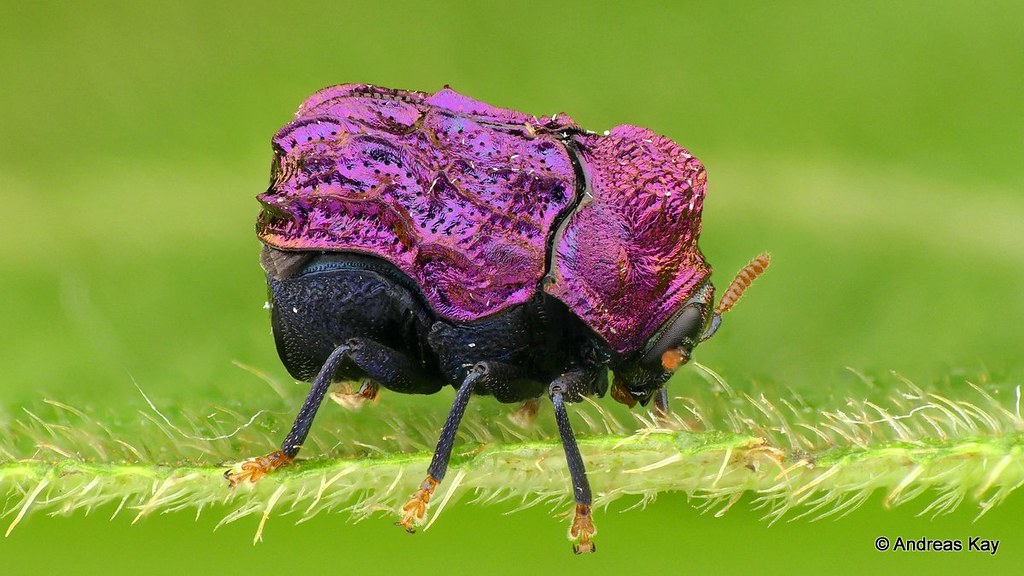#warty leaf beetle
Photo
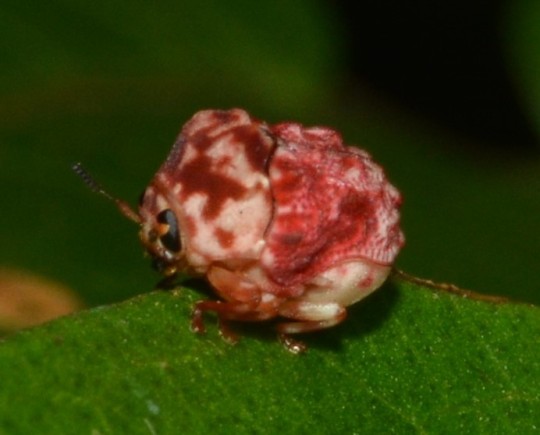
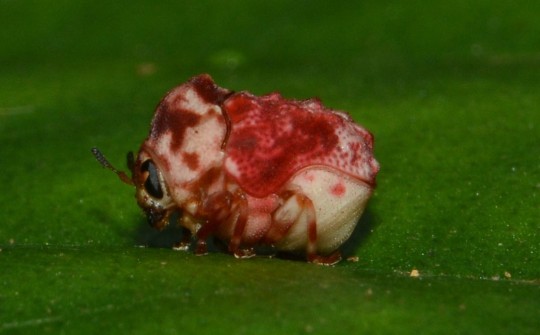
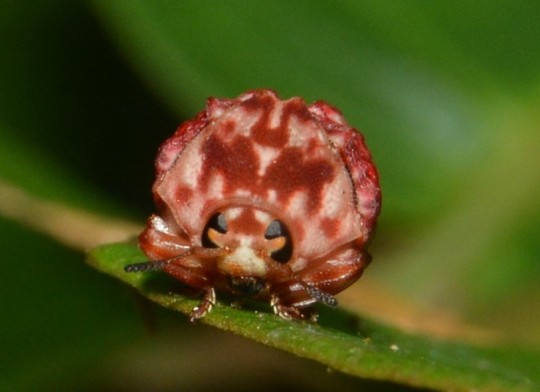
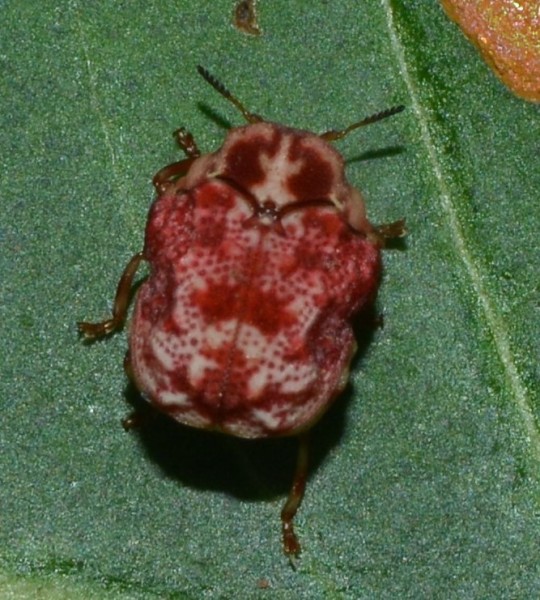
Warty leaf beetle, Chlamisus kermes, Chrysomelidae
Photographed in French Guiana by vanilendil
#animals#curators on tumblr#insects#bugs#leaf beetle#warty leaf beetle#Chlamisus kermes#one nice bug#just a lil nugget of a man#incredible#strawberry flavored
3K notes
·
View notes
Text



Some critters based off of real life insects! I call them Doodlepods! 🪲
I will be making more in the future 😉
#character design#creature design#original art#original character#doodlepod#bug#insect#ladybug#aphid#warty leaf beetle
25 notes
·
View notes
Text
There's so many amazing beetles I just haven't met yet, but I suspect warty leaf beetles will remain a constant source of happiness no matter how many others I meet. A little lumpy serotonin pill sprouts legs and ambles off before taking flight. 🥹

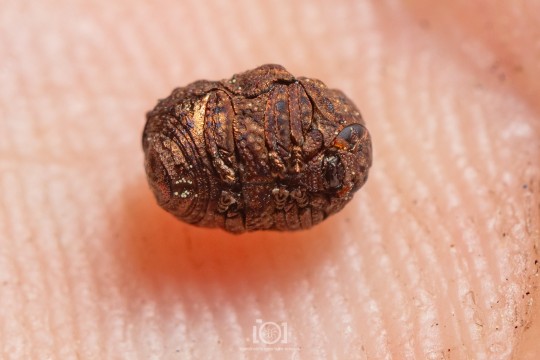
648 notes
·
View notes
Text

Cloaked Warty Leaf Beetle (Chlamisus sp.), family Chrysomelidae, Curitiba, PR, Brasil
photograph by Sergio Monteiro
#leaf beetle#beetle#chrysomelidae#chlamisus#coleoptera#animals#nature#insect#entomology#south america
389 notes
·
View notes
Text
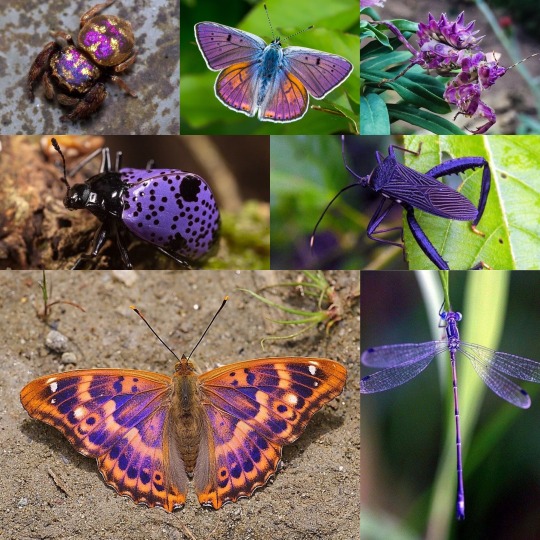
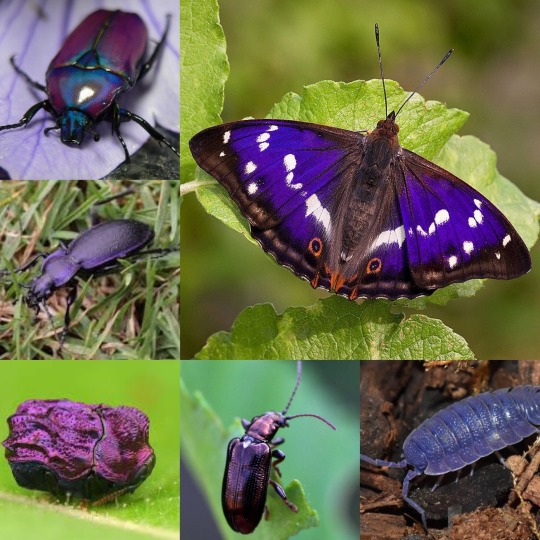
The Colours of Nature part 6: Purple Bugs
First Picture (Left to right, then top to bottom):
-Irura bidenticulata jumping spider
-Lycaena alciphron butterfly
-flower mantis
-fungus beetle
-coreid bug
-Apatura ilia butterfly
-damselfly
Second Picture (Left to right, then top to bottom):
-Chlorocara Africana beetle
-Purple emperor butterfly
-violet ground beetle
-warty leaf beetle
-metallic purple beetle
-Isopod
15 notes
·
View notes
Text
im bored so i’m assigning the party animals from my animal list
Dustin - great eared nightjar

El - amazonian warty leaf beetle

Max - giant phantom jelly

Erica - hickory horn devil
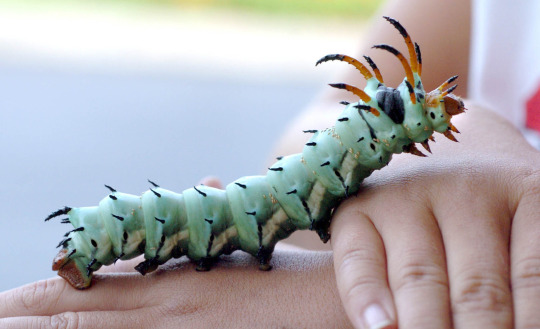
Lucas - velvet worm
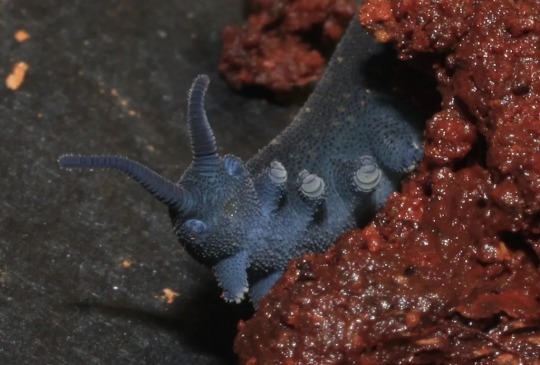
Will - chirodectes maculatus
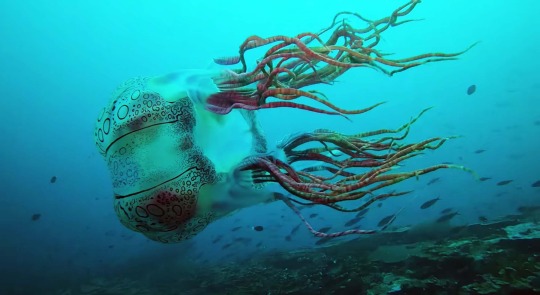
Mike - tassled wobbegong
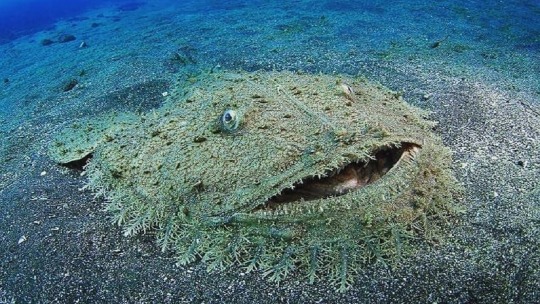
#this was actually me just wanting to give Mike a stupid animal#dustin henderson#el hopper#max mayfield#erica sinclair#lucas sinclair#THEYRE BOTH WORMY ON PURPOSE#will byers#mike wheeler
10 notes
·
View notes
Note
these beetles are in the genus fulcidax, warty leaf beetles! you can find more pics if you look for fulcidacini (the tribe they're in)
#insects
thank you so much!
2 notes
·
View notes
Photo


Wait, did that speck of dirt just move? Does that piece of caterpillar frass have eyes??
Warty Leaf Beetles (tribe Fulcidacini)
May 30 and September 22, 2019
Southeastern Pennsylvania
#bug#bugs#photographers on tumblr#Fulcidacini#warty leaf beetle#Coleoptera#beetle#beetles#bugblr#entomology
194 notes
·
View notes
Photo

Calligrapha verrucosa “Warty Willow Leaf Beetle” Chrysomelidae
Missoula, MT
May 26, 2016
Robert Niese
I couldn’t decide which photo i liked best, so I had to post another portrait shot of this lovely beetle. The genus name “Calligrapha” is a reference to the beautiful calligraphic script on the backs of many species. This species’s coloration is not quite as script-like, but it definitely still appears painted. These beetles are most common in the Northern Rockies of Montana, Alberta, and Saskatchewan, but, according to some older sources, their range is far broader, stretching from Nebraska to California to Alaska. If you have photographs of these beetles please submit them to me to supplement our scientific understanding of their distribution!
#Calligrapha#Calligrapha verrucosa#Warty Willow Leaf Beetle#Chrysomelidae#Coleoptera#beetles#Missoula#Montana#Pacific Northwest#natural history#original photography#photographers on tumblr#macro photography#portrait#Robert Niese
38 notes
·
View notes
Video
Tiny shiny Beetle from the Amazon rainforest of Ecuador by Andreas Kay
Via Flickr:
This little beetle it is about 6 mm in length and belongs to the genus Chlamisus or Fulcidax in the leaf beetle family Chrysomelidae, Cryptocephalinae. These warty beetles are supposed to mimic caterpillar droppings, which gives them an advantage in the struggle for survival by protecting them from being eaten by birds, but which caterpillar leaves shiny fuchsia and purple droppings? More videos from Ecuador at www.youtube.com/AndreasKay
51 notes
·
View notes
Video
youtube
This cute and colorful little beetle was filmed in the Amazon rainforest of Ecuador. It is about 6 mm in length and belongs to the genus Chlamisus or Fulcidax in the leaf beetle family Chrysomelidae, Cryptocephalinae. These warty beetles are supposed to mimic caterpillar droppings, which gives them an advantage in the struggle for survival by protecting them from being eaten by birds, but which caterpillar leaves shiny fuchsia and purple droppings?
24 notes
·
View notes
Text
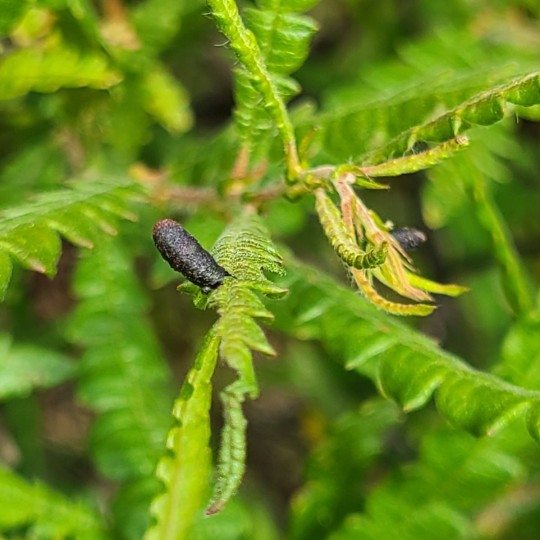


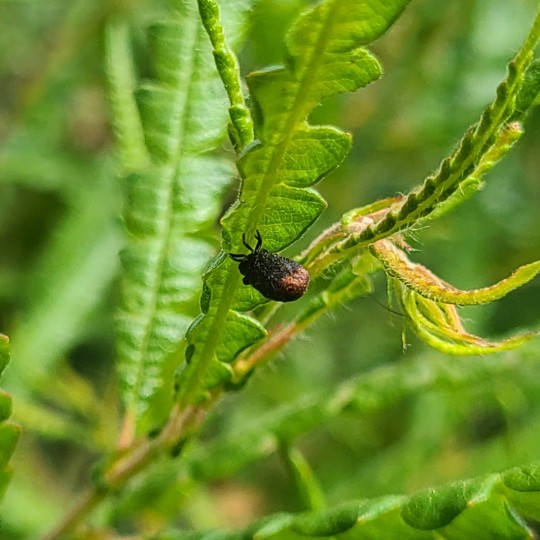
@mmyriapoda submitted: I have absolutely no idea what these are. Most of them were clinging to leaves with their legs and heads hidden (top photos), but I managed to find one of them crawling around (bottom photos) - found on sweetfern in central NH
Huh! This is a new one for me, I have no idea. Anyone else ever see these before and know what they are? If no one responds, I'd highly recommend submitting to iNaturalist, that's a good way to get an ID. I'd be very curious to know what they are if you get any responses!
Update: thanks to @fluffyapathybunny for the ID! Looks like a warty leaf beetle larva, Neochlamisus sp.
149 notes
·
View notes
Video
Tiny shiny Beetle from the Amazon rainforest of Ecuador by Andreas Kay
Via Flickr:
watch my VIDEO: youtu.be/4ap_CKUbJvE This cute and colorful little beetle was filmed in the Amazon rainforest of Ecuador. It is about 6 mm in length and belongs to the genus Chlamisus or Fulcidax in the leaf beetle family Chrysomelidae, Cryptocephalinae. These warty beetles are supposed to mimic caterpillar droppings, which gives them an advantage in the struggle for survival by protecting them from being eaten by birds, but which caterpillar leaves shiny fuchsia and purple droppings?
#Andreas Kay#beetle#Chlamisini#Chlamisus sp.#Chrysomelidae#Coleoptera#Cryptocephalinae#Ecuador#focus stack#fuchsia#Fulcidax sp.#purple
10 notes
·
View notes
Text
Warty leaf beetles are perfect creatures and I love them.
(this one is very much alive, I just caught it as it tumbled away from me, as they do)
8/13/23



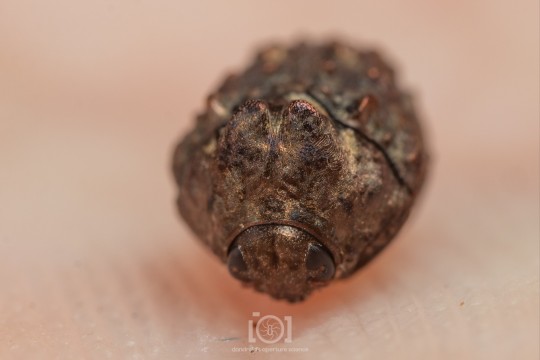

423 notes
·
View notes
Photo
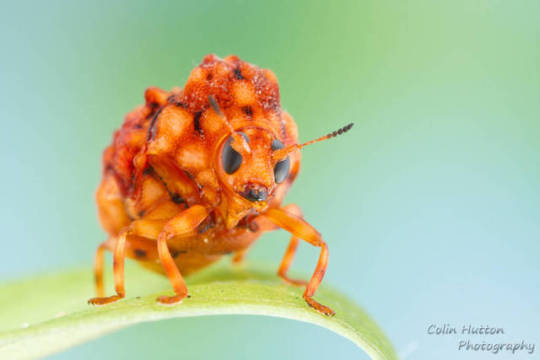
Warty leaf beetle by ColinHuttonPhoto
#Animal#Arthropod#Insect#Beetle#Invertebrate#Ecdysozoa#Hexapoda#Coleoptera#Polyphaga#Cucujiformia#Chrysomeloidea#Chrysomelidae#Leaf Beetle#Cryptocephalinae#Fulcidacini#Warty Leaf Beetle
0 notes
Photo

stephyra17 submitted:
Hi! So I found this in my recycling bin, fondly called it Morpheus but I don’t know what it is exactly, like I know this is a cocoon but is it from a caterpillar? Or moth? Maybe silkworm (i assumed it was a caterpillar but now I’m not sure after looking at caterpillars cocoon, they don’t have that white “silky” envelope) thank you!! I’m from Canada if that helps you more
Nice find! I had to do a bit of research for this one, since I didn’t immediately recognize it. I’ll give you the “what is it?!” answer first:

This guy! This is a Tent Caterpillar. They are in the Malacosoma genus [link to bugguide page], and there are three species occurring in Canada. Depending on where you are in Canada, you may have two or three of these species, but one species occurs in all of Canada and the US. That species is the Forest Tent Caterpillar Moth, Malacosoma disstria, and that is also the species in my photos. Tent caterpillars will build large communal webs that can engulf entire branches of trees (webworm moths also do this, so don’t think all these webs are tent caterpillars!). When they are ready to pupate, they wander off on their own and fine a nice safe area to start spinning a cocoon.
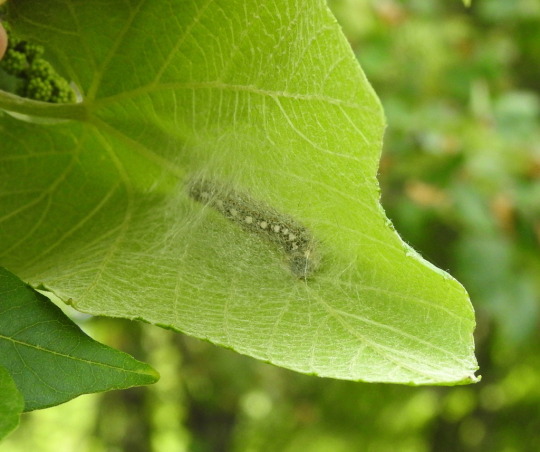
This photo shows a Forest Tent Caterpillar who found a nice corner on a leaf and has already put down that protective webby layer before spinning his cocoon. When he’s done, he will look exactly like your photo, where you see the cocoon under the sheet of webbing. If you were to remove the webbing, you would see the cocoon, which is a very dense, tightly spun structure. These things offer a lot more protection than you would think!
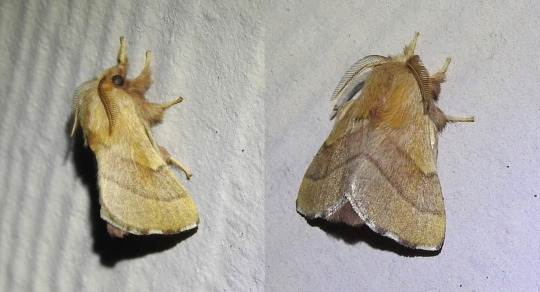
When they are done cooking, they pop out looking like this. CUTE! <3 <3 What a handsome fluffy boy! This is a male Forest Tent Caterpillar Moth.
Your other questions are good ones, too! A lot of the terminology with entomology can be confusing, especially with contradictory “common names” for insects (common names are what people actually call them, as opposed to scientific names that are unique to each species regardless of location). An example: webworms and silkworms are both types of caterpillars, not worms. Just like fireflies/lightning bugs are neither flies nor bugs (they are beetles!), and potato bugs are either beetles or isopods depending on where you live.
But what is a caterpillar anyway? The easy answer is: a caterpillar is the larval life stage of butterflies and moths (order lepidoptera). Except…

The first time I saw these things, I was hella confused. Wtf is this thing? It looked like the illegitimate child of a cursed love affair between a Polyphemus moth and a June Beetle.

Above: Polyphemus moth caterpillar (Left) and Scarab larva (right)
It turns out, my mystery larva is a Sawfly Larva. These can be easily confused with Moth/Butterfly Larva because they essentially look the same (and also, have you ever even heard of a sawfly before???). Also, even worse: both can be called caterpillars.

Above: A caterpillar. Guess which kind! (Hint: it doesn’t turn into a moth or butterfly)
I think it’s ridiculous to call both caterpillars, so I’ll stick to using “caterpillar” to refer ONLY to baby moths/butterflies. The best way to tell caterpillars and sawfly larvae apart is the number of prolegs. With one or two exceptions, all caterpillars will have five or fewer pairs of prolegs. Sawfly larvae always have more than five. But wait, you may be asking what the heck is a proleg?!
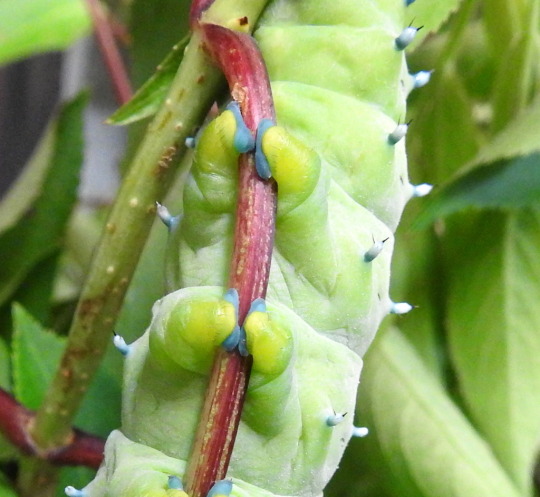

These. These are prolegs. I used a Cecropia caterpillar as an example because they are SO LARGE and have exceptional chubby prolegs (also, Cecropia moths are a type of silk moth!). Prolegs are the little warty suction cup-type things caterpillars (and sawfly larvae) use to keep their fat pudgy bodies from falling off everything they try to hold onto. They only have three pairs of legs (just like the adults!), and those are the pointy things you see on the front end of their bodies. Caterpillars can have fewer than five pairs of prolegs, inchworms (again, NOT a worm!) being a notable example–they only have TWO pairs!
To address your other point (what do caterpillar cocoons look like?), well, there are a lot of moths and they all make different types of cocoons.
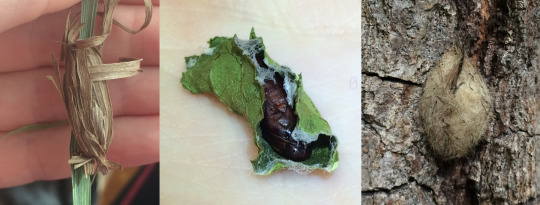
Some cocoons! Left to right: Withered Mocis (makes cocoon out of blades of grass), Psara dryalis (makes cocoon out of a single leaf), Tussock moth (sheds its caterpillar hairs and glues them together with silk)

Some more cocoons! Left: Southern Flannel Moth (they spin a thin silk layer, then within that, spin a much denser layer, complete with a door flap I’m not joking), Right: Virginian Tiger Moth (sheds caterpillar hairs, loosely binds them to make a fragile cocoon).
Also, not all moths make cocoons! Some will just pupate wherever they happen to be and hope nobody finds them and eats them! Also: butterflies do not make cocoons (the pupa is always inside the cocoon–the cocoon is just the protective layer), and butterfly pupae are called chrysalids (singular: chrysalis).
Thanks for your questions, they were good ones! :D
Posted June 25, 2018
All photos (besides submission) were taken in Texas
#id help#submission#asks#informational#lepidoptera#moths#butterflies#mothblr#cocoons#identification#caterpillars#larvae#babies#tent caterpillars#insects#entomology#bugblr#anatomy#prolegs#terminology
182 notes
·
View notes
